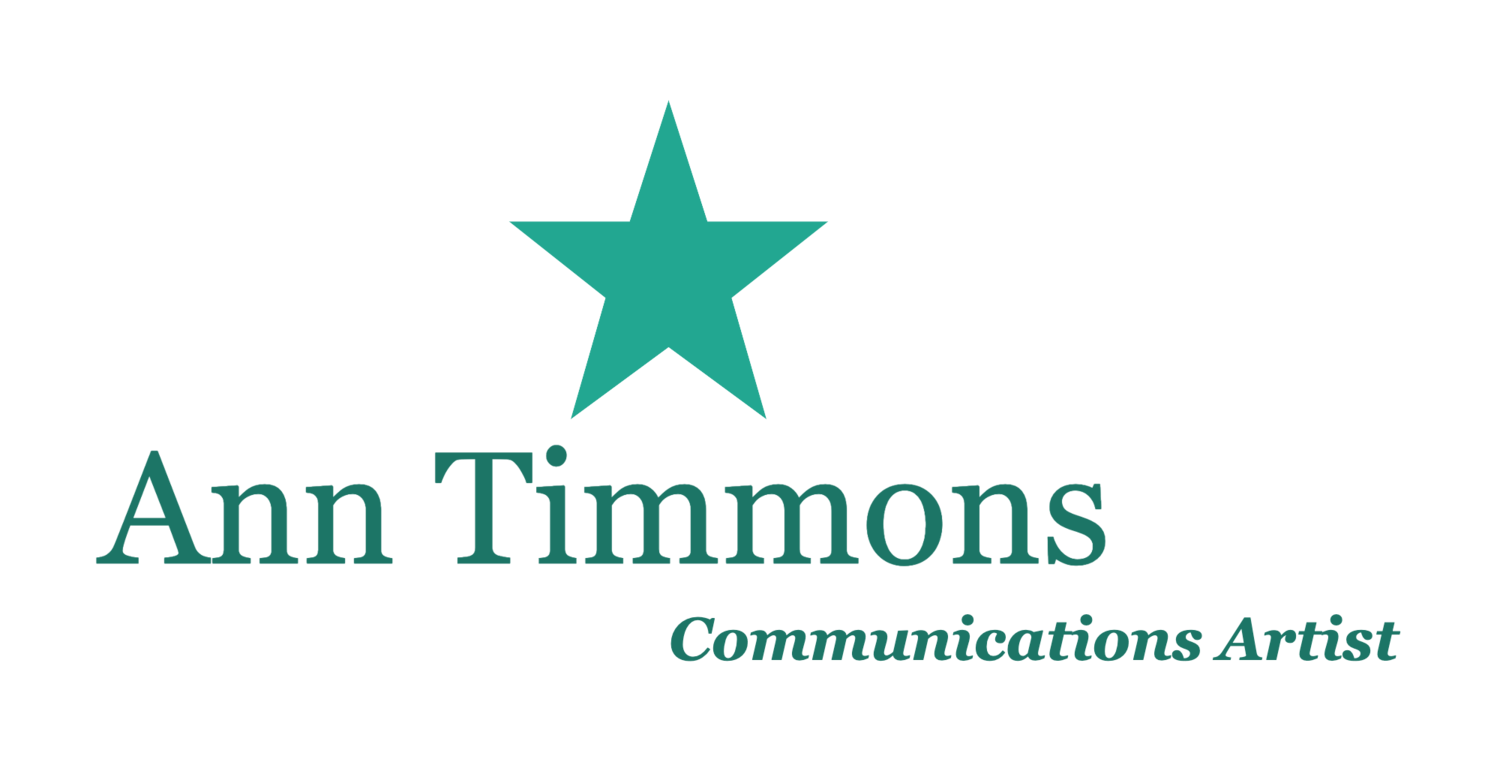This past weekend I was honored to receive the Alice Paul Award from American University's Women and Politics Institute. I teach classes and lead workshops for the Institute, sharing my expertise on public speaking and leadership presence. The Women and Politics Institute's mission is to "close the gender gap in political leadership," and I am proud to be a part of that mission. Jennifer Lawless, the dynamic Program Director, has done an outstanding job, inspiring students, faculty and staff. You might have seen her on television as a "network expert," or read her important research on the issues of women's political involvement in the United States
And it was my privilege to meet Anita McBride, the Alice Paul Alumni Award recipient. Anita served as Assistant to President George W. Bush and Chief of Staff to First Lady Laura Bush. She has held many other positions in her long and distinguished career. Such an accomplished woman; I was in very good company!
If I do say so myself. . .
I was asked to share some remarks, and so I outlined the type of work I do with those considering a hike up the path to leadership:
I give leaders-in-training exercises to increase stamina and flexibility in their voices and bodies, strength they will surely need if they are to run the distance of a campaign trail. And together we analyze what it takes to craft a true leadership story; we search for words to tell their stories clearly, confidently, standing tall - and taking up space!
And yet, even as I am helping them internalize these very practical elements, I ask them to look outside themselves and consider the larger picture. I urge them to make the distinction between "ego" and "presence." I help them understand that being "authentic" in public requires effort and forethought, and is not to be confused with ease or comfort of private reality. And, at a time when force of personality is often taken as a sign of leadership, I am proud to be a part of this Institute, where we teach that it takes more than just the desire to be a leader to become one. Where we know that even the overpowering urge to fix a problem isn't enough. Where we not only give students a road map, we hand over to them the actual toolbox to keep in the trunk -- the one full of the strategies that help along the long and winding road.
The climb up that leadership trail is hard enough. Be sure to pack good and useful tools you can rely on!









